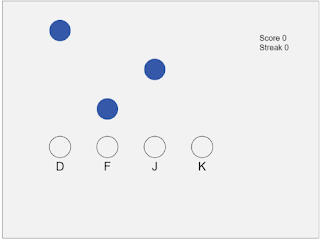Before we left home, the team abided by a 3-month “sleep high, train low” protocol, sleeping at a simulated over 15,000 foot elevation by our departure date. The ability to simulate altitude exposure during non-waking hours was thanks to access and the use of Hypoxico's Altitude Training Systems . Access to these systems came from collaboration with one of our research partners Dr. Patrick McKnight, Professor in the Department of Psychology at George Mason University. Altitude tent to simulate oxygen levels at elevation Altitude Tent Equipment As you can see from the below graphic generated by Jake Quartuccio (JQ Scientific, LLC), we are incrementally lowering the oxygen levels during our sleep to allow our bodies to adapt to low-oxygen environments. Note in the graph as we climb in simulated elevation our oxygen saturation tends to drop, indicated by smaller size circles in the graph. Looking closer, our oxygen saturation seems to adapt at each eleva




